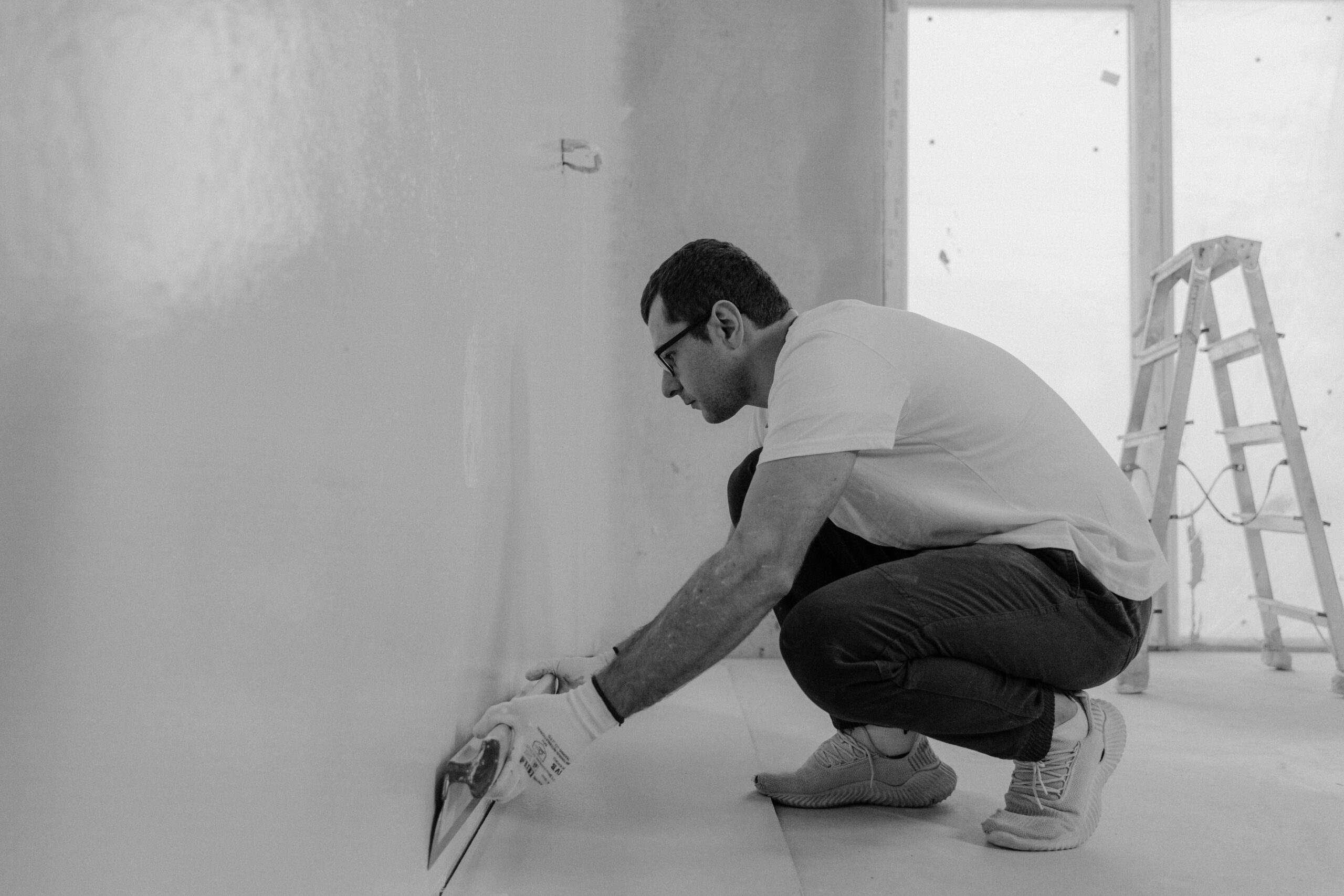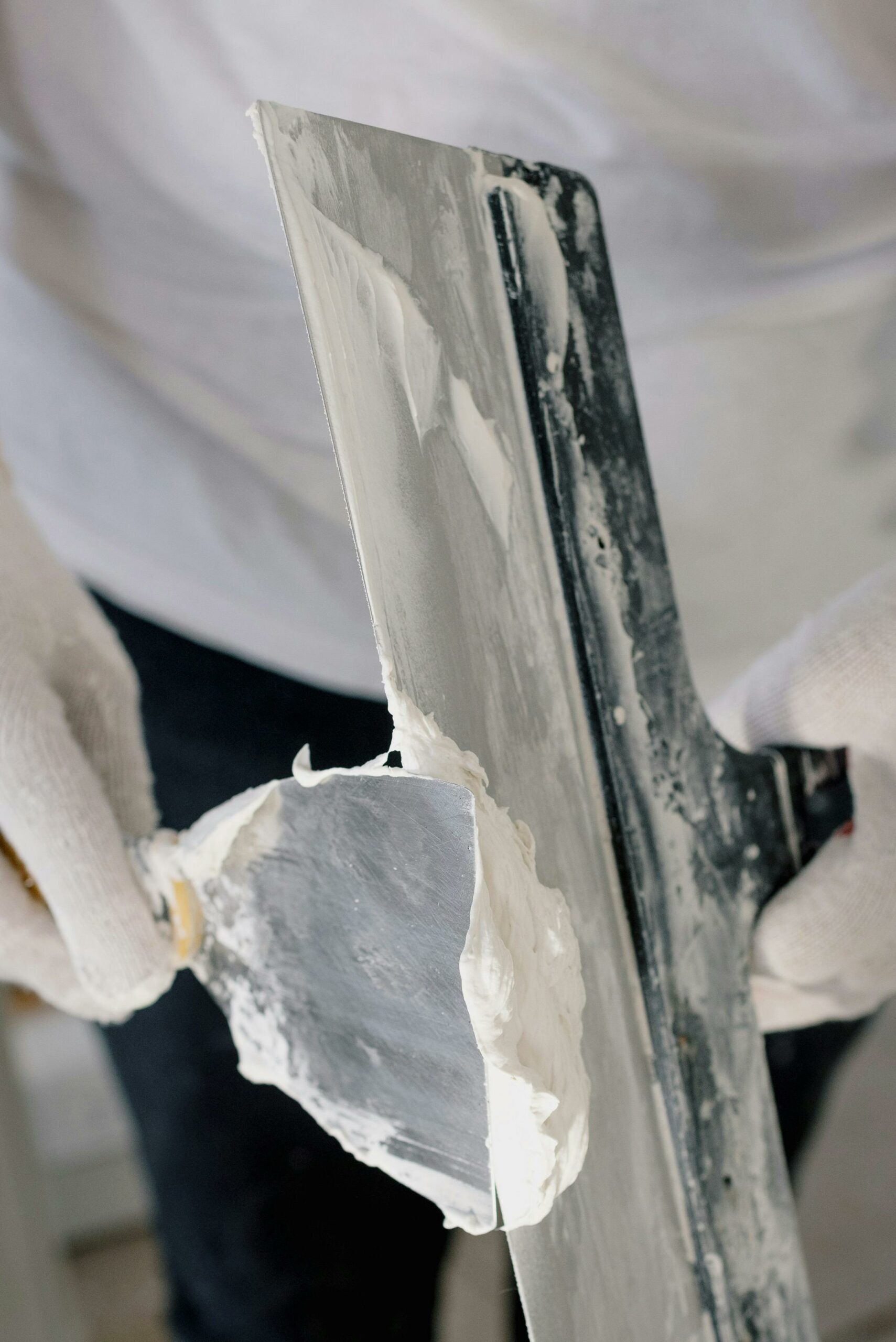Common Plastering Problems and Solutions

Plastering is a critical aspect of building and renovation, providing both functional and aesthetic benefits. However, it’s not uncommon for plastering projects to face challenges. Understanding these common problems and their solutions can ensure a smoother process and a better end result.
One prevalent issue is cracking. Cracks can appear due to various reasons, such as structural movement, drying shrinkage, or improper mixing of plaster. To mitigate cracking, it’s essential to ensure that the plaster mix is well-balanced and the surface is adequately prepared before application. Using quality plaster and reinforcing the mix with fibers can also help prevent cracks. Additionally, addressing any underlying structural issues is crucial to avoid reoccurrence.

Dampness is another significant problem that can affect plasterwork. Plaster that is exposed to moisture can lose its adhesion, leading to peeling and mold growth. To combat this, it’s important to identify and rectify the source of the moisture, whether it’s a leaking pipe or inadequate waterproofing. Applying a damp-proof course and ensuring proper ventilation can help maintain the integrity of plastered surfaces.
Blistering occurs when air bubbles get trapped under the plaster surface, often due to poor surface preparation or excessive moisture in the plaster mix. To prevent blistering, ensure that the surface is clean, dry, and properly primed before plaster application. Using a reliable plaster mix and applying it in consistent layers can also reduce the likelihood of blister formation.
Another common issue is uneven surfaces. This can result from uneven application or inadequate plastering techniques. To address this, it’s important to apply the plaster evenly and use appropriate tools, such as a straightedge, to level the surface. Regular checking and smoothing during the application process can help achieve a consistent finish.
Lastly, adhesion problems can arise if the plaster fails to bond properly to the substrate. This can be due to dust, grease, or poor surface preparation. To enhance adhesion, ensure that the surface is thoroughly cleaned and primed. Applying a bonding agent before plastering can also improve adhesion and overall durability.
By recognizing these common plastering issues and implementing appropriate solutions, you can achieve a smooth and durable plaster finish. Proper preparation, quality materials, and careful application are key to overcoming these challenges and ensuring a successful plastering project.
Comments
Add comment